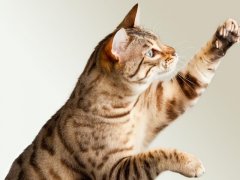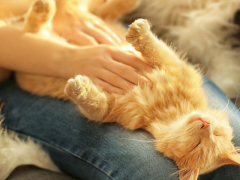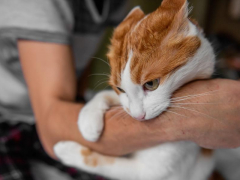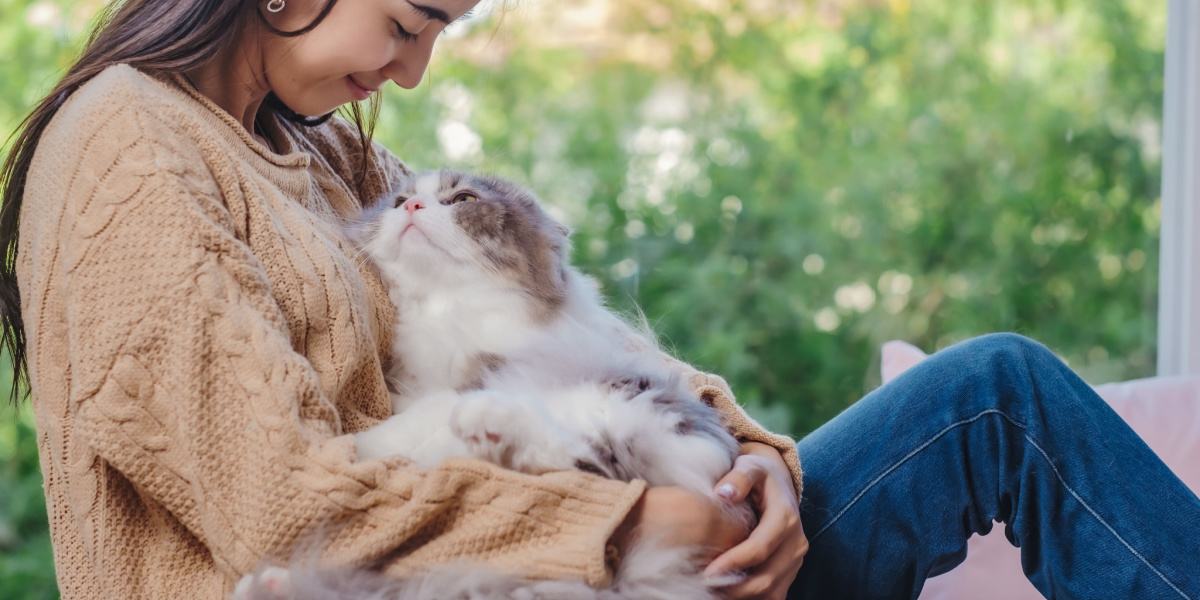
Do you ever wonder what your cat is thinking when they call out to you across the room or see you leave the house? Or why cats only show signs of affection to certain family members? Humans are social beings, and as cat lovers, we seek out the company of our feline family members. But it can be hard to know how they feel about us.
Researchers agree that cat personalities can vary immensely and how individual cats feel about people can be shaped from a very young age. But it is also true that cats select people with whom they form close and affectionate bonds. Recognizing your cat’s happy and fearful behaviors can be the first step to understanding how your cat feels about you and how to respond to their needs.
How Do I Know How My Cat Feels About Me?

Cats show that they care about you when they seek you out, knead in your lap, and headbutt you.
Cats are superb communicators. You might see your cat grooming their feline pals or purring and rubbing against each other. Of course, when faced with a rival, behavior and body language might be far from friendly, arching their spine, hissing, growling, and fighting. But, they have made some superb adaptations that they save especially for humans.
Have you noticed how your cat chirps and meows to get your attention? Or how they slowly blink at you, rubs themself around your ankles, and trip you up? These fascinating behaviors have developed over years of domesticity and are designed to communicate with humans.
If your cat seeks out your company, sits kneading on your lap, headbutts you to rub their scent on you, or just loves to hang out for a purr and a snuggle, then you are very special to them!
There are some cats that seem to go to anyone who has food. But their attention will quickly shift once that resource is gone. Food can be a helpful facilitator if you have a new or timid cat and want to improve your bond with them. But, it takes other positive interactions, like gently talking to them, playing with them, and stroking their favorite tickle spot, to reinforce that relationship and build a proper bond.
Also Read: How Do Cats Mark Their Territory?
Do Cats Have Feelings Like We Do?
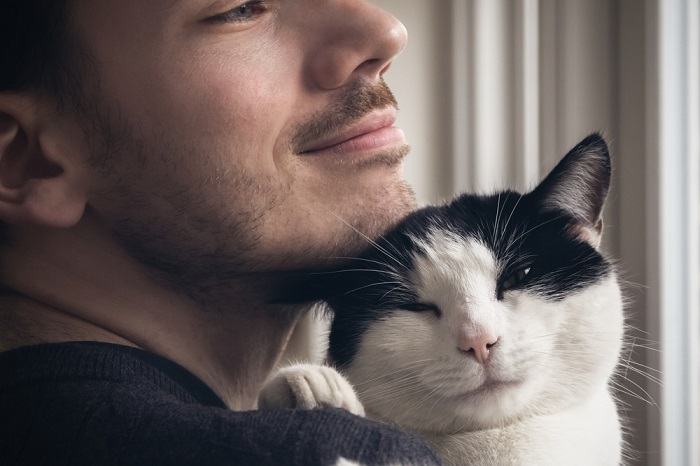
It’s easy to anthropomorphize cats, but they do many things for different reasons than we do.
It’s important not to anthropomorphize everything we see our cats do. After all, cats have distinct intrinsic motivations, and their perception of the world is very different from ours. They experience many of our emotions, including pain, fear, anxiety, stress, contentment, excitement, and much more.
However, adult cats differ from dogs and humans. They are not obligated when it comes to social interactions. This means they do not seek out the company of others to survive. Instead, resource–seeking might drive social interactions, such as asking for their breakfast!
Appeasement behaviors are often seen in dogs who want companionship and attention but less so in cats, where these behaviors promote safety and enable them to seek out a source of security. Appeasement behaviors include vocalizing and listening, scent sharing, and tactile contact.
Perhaps you have a cat that seeks close physical contact with you. This is the strongest indicator that they want your company, feel safe around you, and enjoy being with you. This behavior is usually only saved for people they feel closest to.
Also Read: 6 Surprising Similarities Between Cats And Dogs
Bonding With People Is Important to Cats
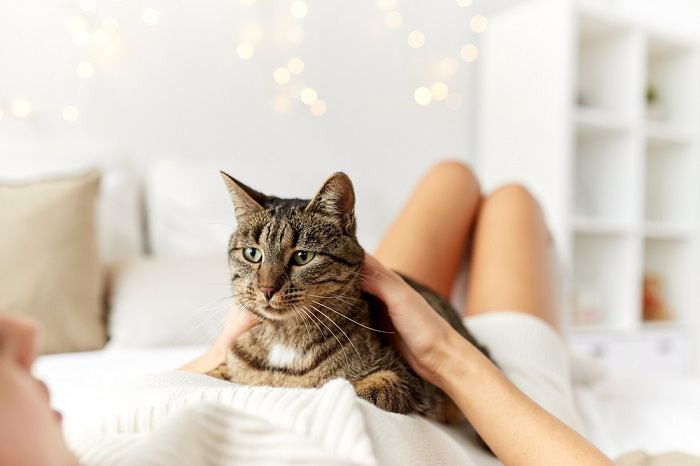
Research shows that cats form secure attachments with people in a similar way as children and dogs do.
Research shows that spending more time with your cat leads them to seek out your company and want to be with you more. This might explain why house cats seem to have closer bonds with their family members than those who spend most of their time outdoors.
Another theory is that indoor cats need additional environmental stimulation. In a study where people fed cat colonies with and without interacting with the cats, once fed, many cats would seek out the person most likely to socially interact with them.
It has also been demonstrated that forming a strong bond with one person leads cats to seek out more contact with others. It seems the more time they spend with people, the more motivated they are to be around humans. Indeed researchers from Oregon State University demonstrated that the majority of cats form a secure attachment with people in a similar way as children and dogs.
Their study suggests that cats develop different attachment styles depending on their relationship with their pet parent. These can manifest as proximity-seeking, separation distress, and reunion behaviors. Depending on how your cat bonds with people, they will react differently to being with you and being alone.
Also Read: 15 Fun Facts About Cats For Kids
Cats Express Stress in Different Ways
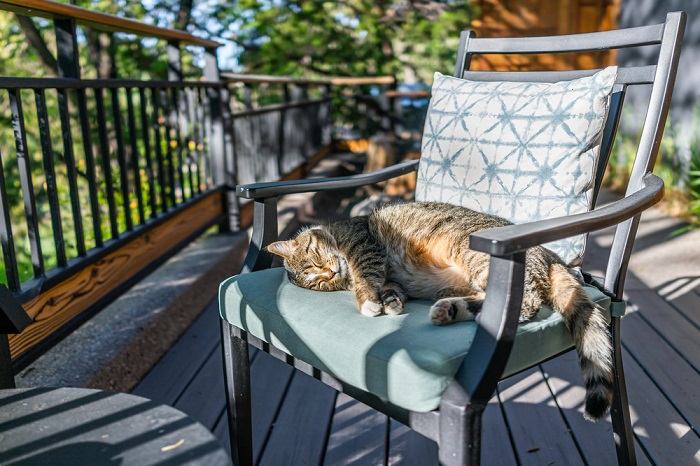
It’s important to respect your cat’s desire for contact or space.
It can take time for cats to form a bond with their owner. If a cat is new to the family, they might feel nervous or overwhelmed. Kittens that have positive interactions with people from a young age might enjoy being picked up for a cuddle and, as adults, might be perceived as more friendly cats.
Cats and kittens that have had minimal human contact might find being held extremely frightening. Cats need time to settle in, and you need to earn their trust.
Facial expressions can be a helpful warning that your cat does not want to be handled. Dilated pupils with ears pulled back and sideways, meowing, hissing, and drooling can indicate that they do not want to be approached.
It is crucial to be sensitive to any indication that your cat might be a secure attachment. Other signs of stress include:
- Behaving lethargic or hyperactive
- Altered drinking or eating
- Sleeping more or less than usual
- Urinating or passing feces outside their litter box
- Struggling to urinate
- Acting more vocal or more timid than normal
- Showing signs of aggression
If you see these signs, your cat is feeling worried or distressed, and you might need to implement changes in your home environment. However, if you are concerned that your cat is unwell, you must speak with your veterinarian.
Also Read: 10 Subtle Signs Your Cat May Be Sick
Final Thoughts
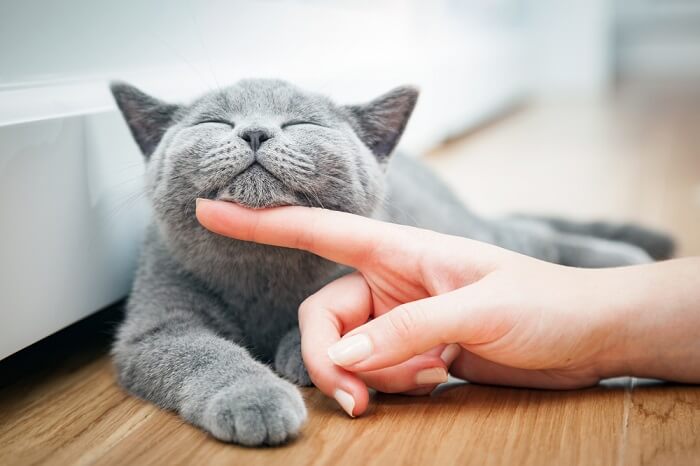
Cats show us in many ways that they have positive feelings for us.
Cats are great communicators, and a surprising number of people can understand a cat’s feelings, even those that don’t consider themselves to be cat lovers. Often we do this on a subconscious level.
If you think your cat loves spending time with you, you are probably right! On the other hand, if you have a more independent kitty, embrace it. They are secure in their attachment to you and know they will always be welcomed back home to a place of safety with open arms.
Also Read: 5 Visual Signs Of A Stressed Cat And How To Help
-
Heath S. (2018). Understanding feline emotions: … and their role in problem behaviours. Journal of Feline Medicine and Surgery. 2018 May;20(5):437-444 Retrieved October 9, 2022.
-
Horwitz DF, Rodan I. (2018). Behavioral awareness in the feline consultation: Understanding physical and emotional health. Journal of Feline Medicine and Surgery. 20(5):423-436. Retrieved October 9, 2022.
-
Turner DC. (2021). Unanswered Questions and Hypotheses about Domestic Cat Behavior, Ecology, and the Cat-Human Relationship. Animals (Basel). 11(10), 2823. Retrieved October 9, 2022.
-
Turner DC. (2017). A review of over three decades of research on cat-human and human-cat interactions and relationships. Behavior Processes. 141(Pt 3), 297-304. Retrieved October 9, 2022.
-
Vitale KR, Behnke AC, Udell MAR. (2019). Attachment bonds between domestic cats and humans. Current Biology. 29(18), 864-865. Retrieved October 9, 2022.

